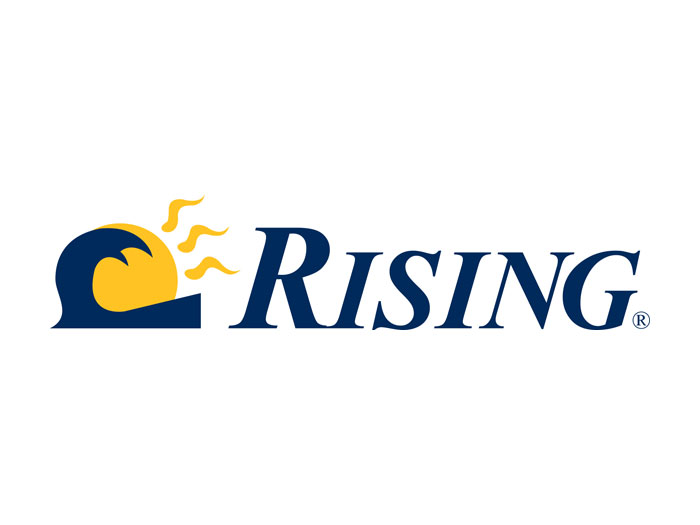Insurance Leads AI Revolution But Struggles to Scale Beyond Pilots

While the insurance industry has emerged as a leader in artificial intelligence adoption, matching technology and telecommunications sectors, only 7% of insurance carriers have successfully scaled AI initiatives beyond pilot programs, according to BCG’s Build for the Future 2024 Global Study.
The insurance sector possesses unique advantages that position it for AI success, BCG said. Deep data reserves spanning decades of customer behavior, extensive experience with analytical decision-making, and a workforce already proficient in data analysis create ideal conditions for AI implementation. Recent deployments demonstrate this potential, with leading firms achieving productivity gains exceeding 30% when equipping service and operations employees with AI-powered knowledge assistants, according to the report.
One large insurance carrier processing 50,000 daily claims communications now uses customized GPT models to draft customer messages, with human agents reviewing outputs for accuracy, the report noted. By deploying this technology across all customer interactions, the company has enhanced both brand consistency and operational efficiency.
The industry’s AI adoption journey reveals three distinct categories of companies:
- Locked into Pilots: Focused on isolated use cases with annual investments under $5 million.
- Broad Experimentation at Limited Scale: Investing $5 million to $25 million annually across fragmented initiatives.
- Strategic Leaders: Investing $25 million or more—often reaching $50 million to $100 million—and use AI to redesign entire business processes.
Organizational Resistance Stalls Progress
Despite technological readiness, human and organizational factors account for 70% of scaling challenges among insurers, according to the report. The probabilistic nature of AI clashes with insurance culture’s demand for actuarial precision, creating fundamental tension, BCG said. Leaders often fail to connect AI initiatives with specific business priorities, leaving stakeholders unclear whether implementations should drive operational efficiency, unlock revenue streams, or enable personalized services.
Siloed organizational structures compound these difficulties. Implementation stretches across multiple business units and functions, but teams lack cohesion for enterprise-wide solutions, the report noted. Technology teams pushing for rapid deployment also may clash with business units prioritizing compliance and customer impact, leading to friction and missed opportunities. Many companies secure initial leadership support but cannot demonstrate enterprise value when boards demand results, the report added.
Three Strategies Drive Successful Mobilization
Insurance companies breaking through scaling barriers focus on three mobilization strategies, according to BCG:
- First, they think bigger and longer term, identifying strategic opportunities that address both current gaps and future aspirations.
- Second, successful companies optimize day-to-day delivery by appointing business-aligned product owners for each AI initiative who articulate vision, outline build plans, and resolve roadblocks.
- Third, leaders foster cultures embracing change and accountability.
View the report here. &










